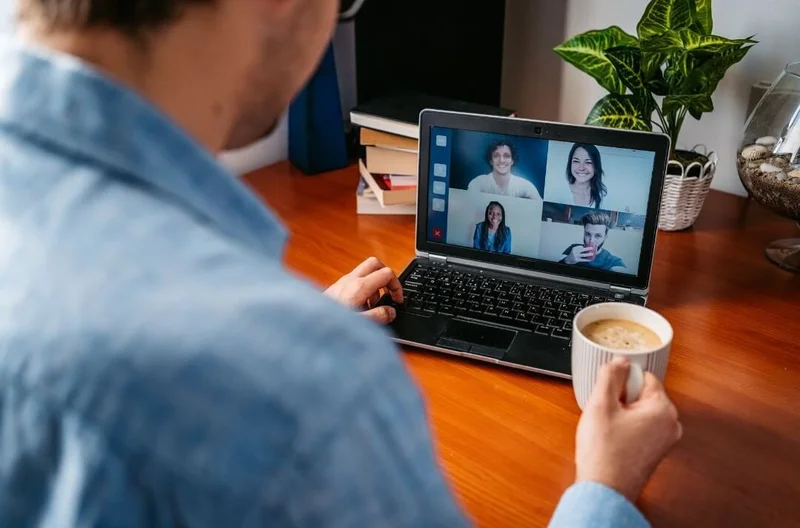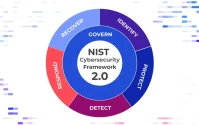Generated Title: Nuremberg Trial Records Go Online: A Data Dive into Justice
Unlocking History's Vault: Nuremberg in the Digital Age
Eighty years after the first gavel fell, the complete records of the Nuremberg trials have been digitized and made available online. That's 750,000 pages of transcripts, briefs, and evidence—a monumental undertaking by Harvard Law School. The stated goal? Preservation and accessibility. But let’s be clear: this isn't just about preventing acid-based mimeographs from crumbling. It's about making sure this history is accessible in an era of eroding truth.
Paul Deschner, who spearheaded the project, emphasizes the importance of buttressing evidence against historical revisionism. He notes the extensive documentation behind each trial exhibit—a government document, a photostat, a German transcription, an English translation, and a one-page summary. It's a layered approach, designed to provide multiple points of verification. But the real question is, can this digital archive truly inoculate the public against denial?
The project began in 1998, a full 25 years before the launch. The digitization process involved removing staples and paperclips (a detail that underscores the fragility of the original documents) before scanning each page. Now, researchers can explore the collection using keywords or by following the transcripts as a roadmap. What's not immediately clear is how the archive will handle the inevitable influx of bad-faith actors looking to distort the record. Will there be mechanisms for flagging misinformation or contextualizing potentially misleading documents?
Bureaucracy of Evil: Finding Meaning in the Details
Deschner highlights the potential for users to discover a wider range of information than previously available. He points out that the documents reveal how the Nazis developed their plans for the Holocaust, illustrating how seemingly innocuous actions in the early 1930s led to unimaginable horrors just a few years later. The challenge, of course, lies in sifting through the sheer volume of data to extract meaningful insights. It's like trying to find a specific grain of sand on a beach—a daunting task, even with the aid of digital search tools.
One aspect of the trials that Deschner finds particularly intriguing is the linguistic complexity. The introduction of simultaneous translation, the stenographer's verbatim transcription, and the multiple layers of interpretation created a rich, but under-researched field of study. He mentions four languages were being used. This raises a critical question: how did these layers of interpretation impact the accuracy and nuance of the trial proceedings? Were there instances where the translation itself became a point of contention or a source of ambiguity?

Amanda Watson, of Harvard Law School’s library and information services, rightly said: “When we make justice visible, we make it possible.” But visibility alone isn't enough. The archive needs to be actively curated and contextualized to prevent its misuse. I've looked at enough of these digital history projects to know that just uploading the files doesn't guarantee understanding.
The project also arrives at a time when academic freedom is under threat, particularly in the US. Universities are facing increased scrutiny over their role as places for fostering truth. Deschner argues that this context makes the Nuremberg trials project even more significant. Yet, making the information accessible does not guarantee its correct interpretation.
Data Doesn't Interpret Itself
Open access is a double-edged sword. While it democratizes knowledge, it also opens the door to manipulation. The archive contains transcripts detailing the full activity of the courtroom, source documents used by lawyers, and items of evidence submitted by both sides. The sheer volume of information is both a strength and a weakness. It's easy to get lost in the details and miss the bigger picture.
The fact that the collection includes documents conveyed euphemistically in bureaucratese is key. It highlights how easily horrific intentions can be masked by sterile language. This is a lesson that resonates today, as we grapple with the rise of misinformation and the erosion of trust in institutions.
The question isn't whether the Nuremberg trials happened—the data is overwhelmingly clear on that point. The real question is whether we're capable of learning from them. Will this digital archive serve as a bulwark against historical revisionism, or will it become another battleground in the ongoing war for truth?
The Past Isn't a Self-Correcting Algorithm
The digitization of the Nuremberg trial records is undoubtedly a valuable undertaking. But it's not a panacea. Data, in and of itself, doesn't guarantee understanding or prevent misuse. It requires critical thinking, historical context, and a willingness to confront uncomfortable truths. Ultimately, the success of this project will depend not just on the accessibility of the data, but on our ability to interpret it responsibly.










